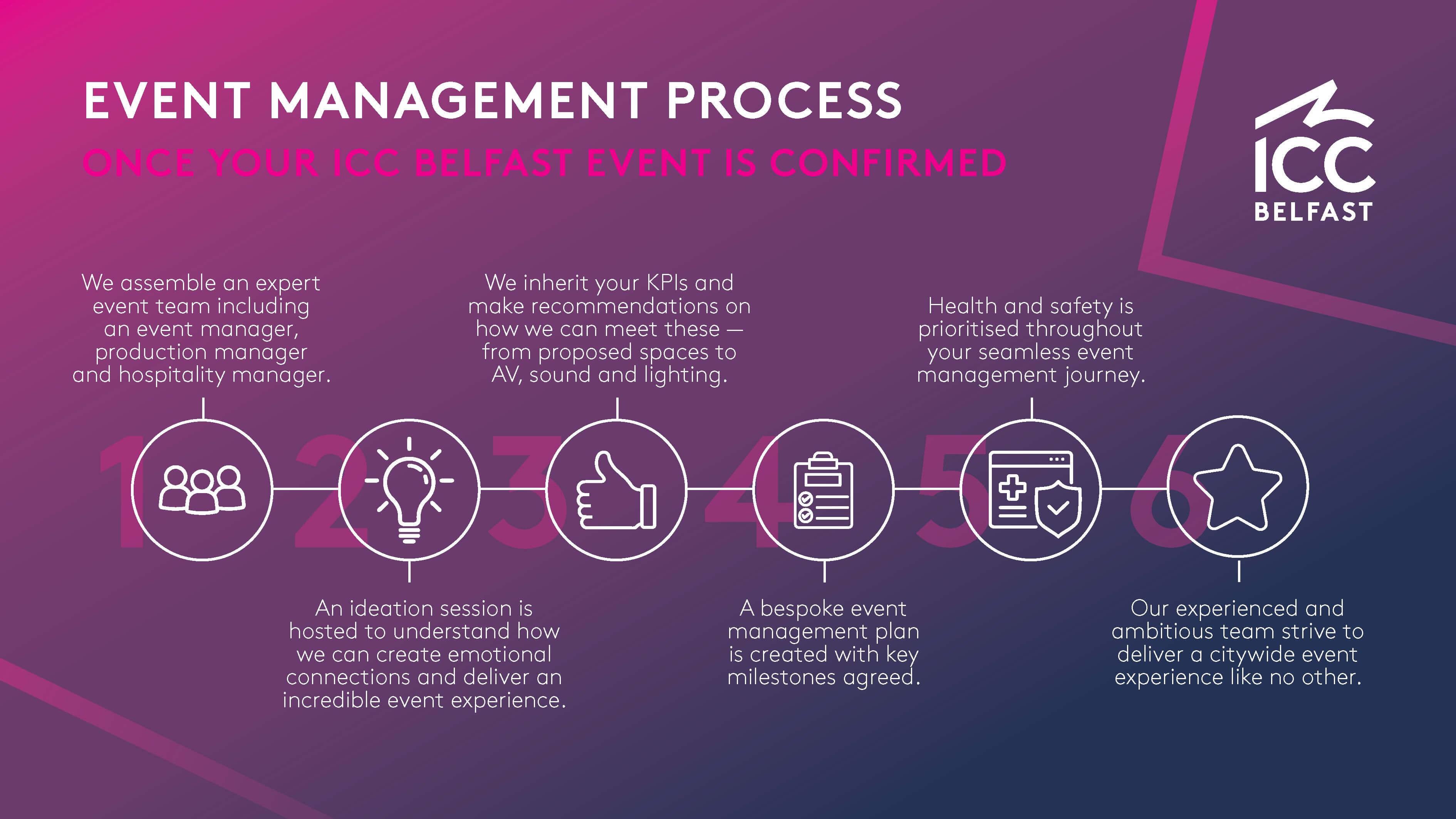Revolutionizing Interaction Via the Seamless Integration of Virtual Reality and In-Person Interactions in Hybrid Occasions
Revolutionizing Interaction Via the Seamless Integration of Virtual Reality and In-Person Interactions in Hybrid Occasions
Blog Article
Hybrid gatherings are growing increasingly popular as they merge the best aspects of both physical and virtual encounters. This creative method allows participants to engage with material and one another in manner that were not feasible before. By incorporating virtual technology into these events, planners can create engaging experiences that enhance engagement and interaction. This smooth fusion of virtual and physical components can lead to more meaningful connections among participants, whether they are present in reality or joining virtually.
One of the primary benefits of using VR reality in hybrid gatherings is the ability to create a shared space for all participants. In a traditional format, in-person participants might have access to certain activities or experiences that remote attendees cannot enjoy. However, with virtual reality, everyone can explore the same digital space, no matter of their location. This innovation allows for interactive presentations, virtual connecting chances, and even game-like encounters that can captivate viewers. As a result, attendees feel more included and connected, leading to a richer overall encounter.
Moreover, virtual reality can help overcome barriers that often exist in blended events. For example, remote attendees may feel disconnected or disengaged from the central gathering. By incorporating virtual reality, planners can create a sense of involvement that makes remote participants feel as if they are part of the action. This can be realized through elements like virtual representations, which allow attendees to connect with one another in live. Such interactions can encourage cooperation and networking, making it simpler for individuals to connect and exchange thoughts, regardless of their geographical location.
In furthermore to improving involvement, the use of VR technology in blended gatherings can also provide important data and insights for organizers. By tracking participant interactions and behaviors within the virtual environment, event site planners can gather information on what aspects of the gathering were most captivating. This data can be used to enhance future gatherings, ensuring that they satisfy the needs and preferences of attendees. Understanding how participants interact with both the virtual and in-person components can lead to more efficient gathering approaches and improved overall encounters.
Finally, the integration of VR technology and physical interactions in hybrid events represents a major change in how we conduct meetings and conventions. As innovation continues to advance, the capability for creating immersive and dynamic experiences will only grow. By embracing this innovative model, event organizers can transform the way people engage, learn, and collaborate. The future of hybrid gatherings is promising, and the smooth integration of virtual reality will play a crucial part in defining that prospect.